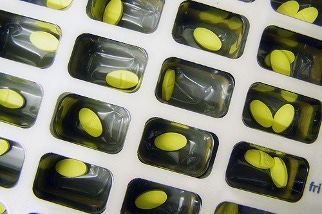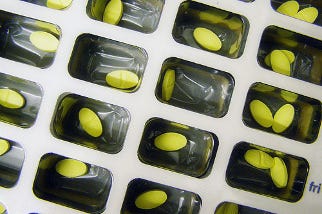ASTM releases new standards for pharmaceutical packaging testing
March 11, 2015


pharma blister pack flickr Autie P
ASTM Intl, an international standards development and delivery systems organization, has approved a new standard for pharmaceutical packaging. The group says, that the new standard, ASTM D7709, Test Methods for Measuring Water Vapor Transmission Rate (WVTR) of Pharmaceutical Bottles and Blisters, in conjunction with a significant revision to ASTM D4774, Specification for User Applied Drug Labels in Anesthesiology, will add another level of safety in patient care.
The standards are the work of ASTM Subcommittee D10.32 on Consumer, Pharmaceutical and Medical Packaging , which is under the jurisdiction of ASTM International Committee D10 on Packaging.
Testing transmissions
Providing a barrier to water vapor at both normal and elevated room temperature and relative humidity is an essential component for any sort of drug packaging. A series of experiments conducted by the container closure-working group of the Product Quality Research Institute has led to improved methods for evaluating water vapor barrier packages. These methods are detailed in a new ASTM standard, ASTM D7709, Test Methods for Measuring Water Vapor Transmission Rate (WVTR) of Pharmaceutical Bottles and Blisters.
According to Hugh Lockhart, professor emeritus, School of Packaging, Michigan State University and chairman of the D10.32 task group that developed ASTM D7709, drug manufacturing and packaging companies will be the primary users of the new standard. In addition, data obtained by the methods in ASTM D7709 will likely be used by government regulatory agencies concerned with the packaging of drugs throughout the world.
While work on ASTM D7709 is now complete, Lockhart says D10.32 requests that those using the methods detailed in the standard report their results to the subcommittee. This would enable continual improvement of the standard. The best way to contribute to the ongoing development of D7709 is to join D10.32 and provide input as a committee member.
"We would ask people to use the method on other package forms and report on their success," says Lockhart. "We think there is broad application in food and other packaged products, but this has not been proven by direct use on those products."
More information about the standards organization can be found at www.astm.org
.
About the Author(s)
You May Also Like


